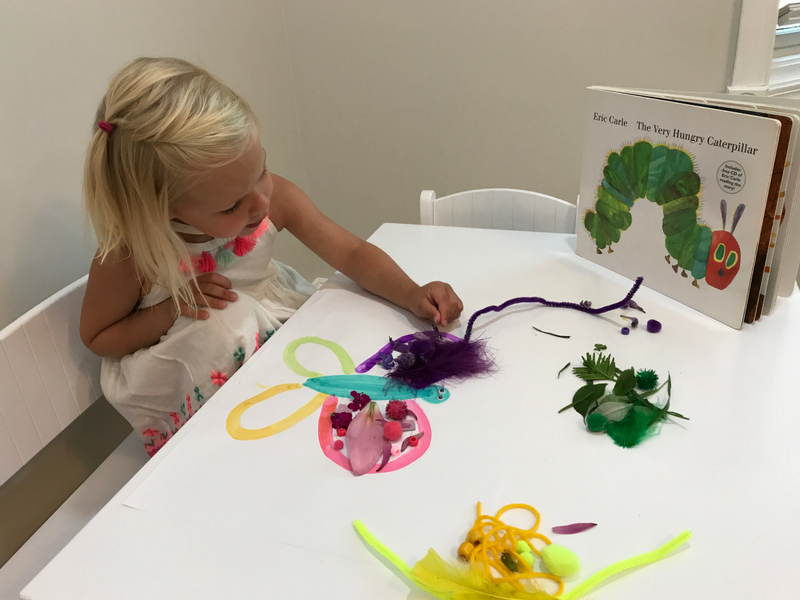STEAM stands for science, technology, engineering, arts, and mathematics. The A was recently added because the arts are a valuable tool in learning and success. When I think of STEAM lessons, I don't think about literacy lessons. I think about math and science experiments, robots, coding, and technology. However, there are many ways that teachers are connecting literacy to STEAM.

How can it be used in the classroom?
One school has incorporated a STEM night to where the whole school read the book, "Lemonade Wars." At this event, all of the activities and challenges were based off of the book. This school found a way to make reading and literacy a part of STEAM. Really, all standards have an ELA component to them. For science, you have to use your knowledge and skills from reading to write and create. For math, you may have to read word problems, solve them, or write your own. Reading and writing are embedded into everything that we do, and that is why it is a part of STEAM. You can connect literacy to STEAM by having students act out a story or a play. You can have a makers space in your classroom where students have to build a replica of a scene from the story. Another example is that the students could build the houses from the 3 Little Pigs. They could read the story and then retell the story by building replicas of the houses.
What is the impact on student learning?
This has a HUGE impact on student learning. Students are more engaged in lessons and are more willing to try their best. There are so many books that can be used for cross-curricula activities, especially in science. Students can draw and write about what they are learning. Using books about historical people, the childrens version, can really amp up a lesson. If you are learning about the underground railroad, you can read Henry's Freedom Quilt. Then, you could have students make their own freedom quilt. This type of learning really helps students to make real-world connections. It challenges their creativity, build their critical thinking, and allows them to see the big picture of their learning.
What is the cost?
You can purchase a lot of interactive books out there to really enhance your lessons and connect Literacy to STEAM. These books are not that expensive and well worth the price. Here is a list of books that you can use to connect literacy to STEAM!
- One Plastic Bag (Science)
- The Boy Who Harnessed the Wind (Science)
- Pirate Pete (Math)
- Rosie Revere, Engineer (SS and Science)
- 11 Experiment That Failed (Math and Science)
Final Thoughts:
I think that it is so important for us to find ways to connect literacy to STEAM and use it in our classrooms. We can make learning fun for our students in so many ways. Including these books will bring so much to your lessons. Finding a way to tie the subjects together really brings even more to student learning. One new thing that I learned is that allowing students to build and create after reading increases their comprehension. I loved how they used the story "Iqbal and His Ingenious Idea" to allow students to learn history, practice reading, and build their own solar powered stove. This such a neat and engaging activity for students that I would love to use one day. I really will work on finding ways to incorporate these ideas into my classroom. I will allow my students to build and use their creativity. I will find engaging ways to make their learning interactive and something they are proud of us. I will incorporate STEAM into literacy as much as I can.
I loved this video that the group shared in their presentation! Check it out to see STEAM in action.

No comments:
Post a Comment